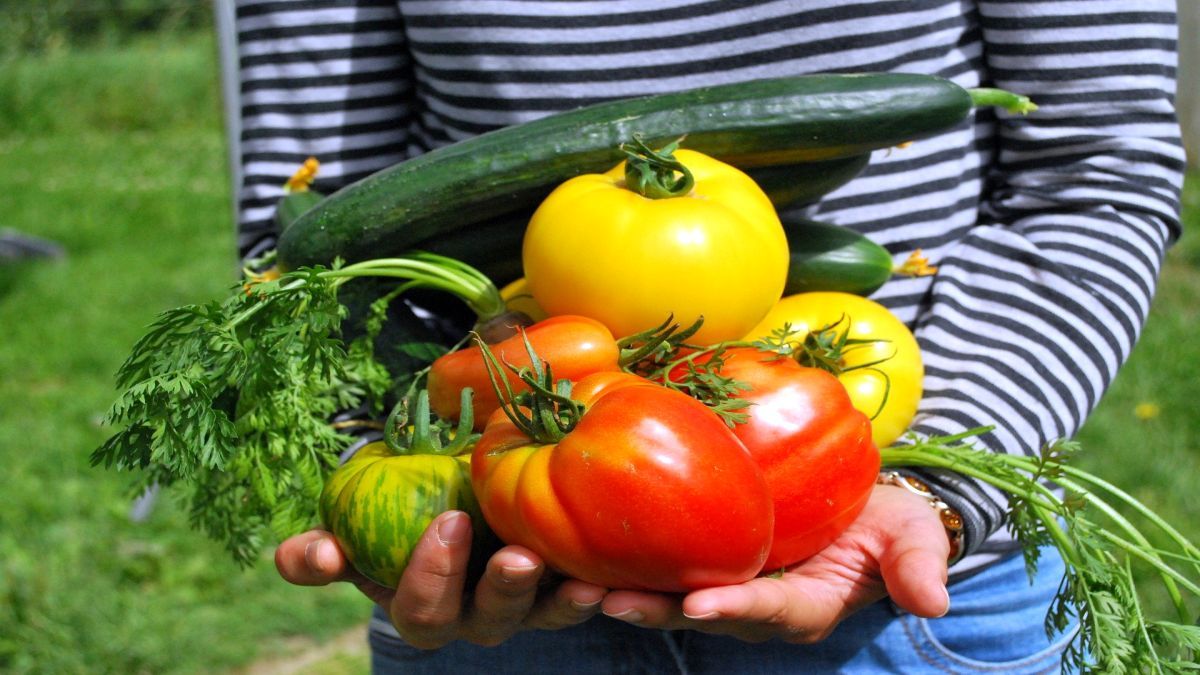Experts indicate how a garden should be maintained at home and be adequate care.
Having your own home orchard not only provides healthy foods, but also represents a gratifying hobby. Gardening experts shared their knowledge to help those who wish to start their own crop.
The content you want to access is exclusive to subscribers.
David TohtAuthor of books on sustainable life, he highlighted the satisfaction of cultivating own food. “Soon I realized that once you’ve begun, maintaining a garden is not much work,” he said. Brian Brigantticreator of content about gardening with millions of followers, he shared his experience: “The more I immersed me in the world of gardening, the more I realized how important this wisdom is to have.”


The benefits of growing in your own garden
Food culture at home offers multiple advantages. The products harvested at home are cooler and more nutritious than those bought in the market. In addition, this practice Allows you to save money and connect with nature. Brigantti stressed: “Cultivating your own food gives you a much deeper appreciation than you consume“
Gardening too Provides benefits to physical and mental health. Working in the garden keeps active people and reduces stress. The satisfaction of consuming food cultivated with their own represents another important benefit.
Expert advice to grow fruits and vegetables at home
The specialists recommended to consider several factors when starting a garden. The amount of sunlight that the space receives is essential for the growth of plants. Toht suggested to choose an area that receives at least six hours of daily sun. Brigantti added that even with less light, certain plants that prosper in shaded areas can be grown.
To prepare the ground, Brigantti recommended THE GARDENING METHOD WITHOUT LABRANZto. This approach consists of dig a ditch around the cultivation area and air the ground With a gallows. Then the area is covered with cardboard and a layer of land of 3 to 5 inches is added. The plants are placed by cutting small holes in the cardboard so that the roots penetrate on the floor.
Toht suggested dig 4 -foot wide beds with roads in the middle to avoid compacting the ground. He recommended plants such as tomatoes, cucumbers and pumpkins for warm stations, and Brussels cabbage for late crops. Brigantti proposed collized, carrots and rosemary for spring, and tomatoes and peppers for summer. He also highlighted the importance of the Consueda as a nutritious plant for the garden.
Experts shared additional tips for plant care. Toht recommended using perforated jugs to water plants in warm climates. Brigantti emphasized the importance of Learn about the beneficial insects of the garden and to regularly prune plants. Both agreed on the need to fertilize properly throughout the growth season.
Source: Ambito
I am an author and journalist who has worked in the entertainment industry for over a decade. I currently work as a news editor at a major news website, and my focus is on covering the latest trends in entertainment. I also write occasional pieces for other outlets, and have authored two books about the entertainment industry.




